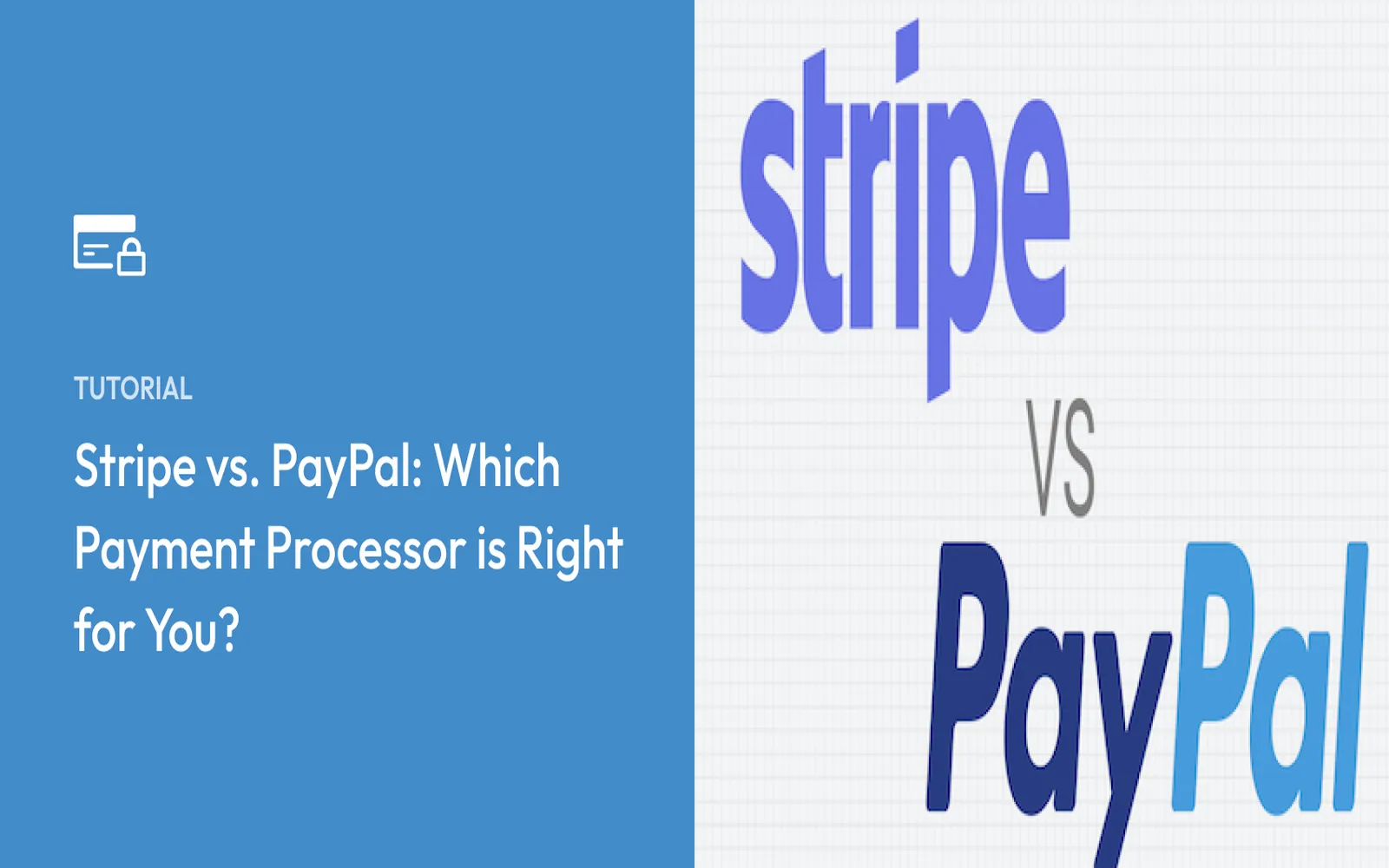Overview of Stripe and PayPal
When it comes to choosing a payment processor for your business, ''Stripe'' and ''PayPal'' are two of the most popular options available. Both platforms offer unique features and benefits, catering to different types of businesses and needs. In this article, we will compare Stripe and PayPal in various aspects to determine which payment processor is the best for your business.
Fees and Pricing
Understanding the fee structure of each payment processor is crucial for businesses when choosing the right option. Below is a comparison of their pricing models:
| Payment Processor | Transaction Fees | Monthly Fees | International Fees |
|---|---|---|---|
| Stripe | 2.9% + 30¢ per transaction | No monthly fee | 1% for international cards |
| PayPal | 2.9% + 30¢ per transaction | No monthly fee | 4.4% + fixed fee based on currency |
Both ''Stripe'' and ''PayPal'' charge similar transaction fees; however, ''PayPal'' has higher international fees, making ''Stripe'' a more cost-effective option for businesses that engage in international transactions.
Ease of Use
Both platforms are designed to be user-friendly, but they cater to different audiences.
''Stripe'' is often favored by developers due to its robust API and extensive customization options. It allows businesses to create a tailored payment experience, making it a popular choice for tech-savvy companies and online businesses.
On the other hand, ''PayPal'' provides a more straightforward setup process for small businesses and individuals who may not have technical expertise. With just a few clicks, users can create an account and start accepting payments.
Payment Methods Supported
Another important factor to consider is the variety of payment methods supported by each platform. Here’s a comparison:
| Payment Processor | Credit & Debit Cards | Digital Wallets | Bank Transfers | Cryptocurrency |
|---|---|---|---|---|
| Stripe | Yes | Apple Pay, Google Pay | Yes | Yes |
| PayPal | Yes | PayPal, Venmo (in the U.S.) | Yes | No |
Both payment processors support credit and debit card transactions and allow bank transfers. However, ''Stripe'' stands out by supporting cryptocurrency payments, which can be an advantage for businesses looking to adopt new payment technologies.
Customer Support
Having reliable customer support is vital for any business using a payment processor. Here’s how ''Stripe'' and ''PayPal'' compare in this area:
| Payment Processor | Support Channels | Response Time |
|---|---|---|
| Stripe | Email, Chat, Phone | 24/7 support, usually within a few hours |
| PayPal | Email, Chat, Phone, Community Forums | Varies, can take longer during peak times |
''Stripe'' offers more immediate customer support, which can be a significant advantage for businesses that require swift assistance. ''PayPal'', while having multiple support channels, may have longer response times, especially during busy periods.
Security Features
Security is a paramount concern when choosing a payment processor. Both ''Stripe'' and ''PayPal'' take security seriously, but they have different approaches:
''Stripe'' uses advanced encryption technology and complies with PCI DSS standards. Their fraud prevention tools, like Radar, help detect and mitigate fraudulent transactions effectively.
''PayPal'' also employs robust security measures, including buyer and seller protection programs. However, its extensive user base makes it a more frequent target for phishing attempts and scams.
Conclusion: Which Payment Processor is Best?
Ultimately, the choice between ''Stripe'' and ''PayPal'' depends on your specific business needs. If you are a developer or run an online business that requires customization and advanced features, ''Stripe'' is likely the better option. However, if you are a small business owner looking for ease of use and quick setup, ''PayPal'' may be more suitable.
Evaluate your business model, customer base, and payment requirements to make an informed decision. Both platforms have their strengths, and choosing the right one can significantly impact your business operations and customer satisfaction.





